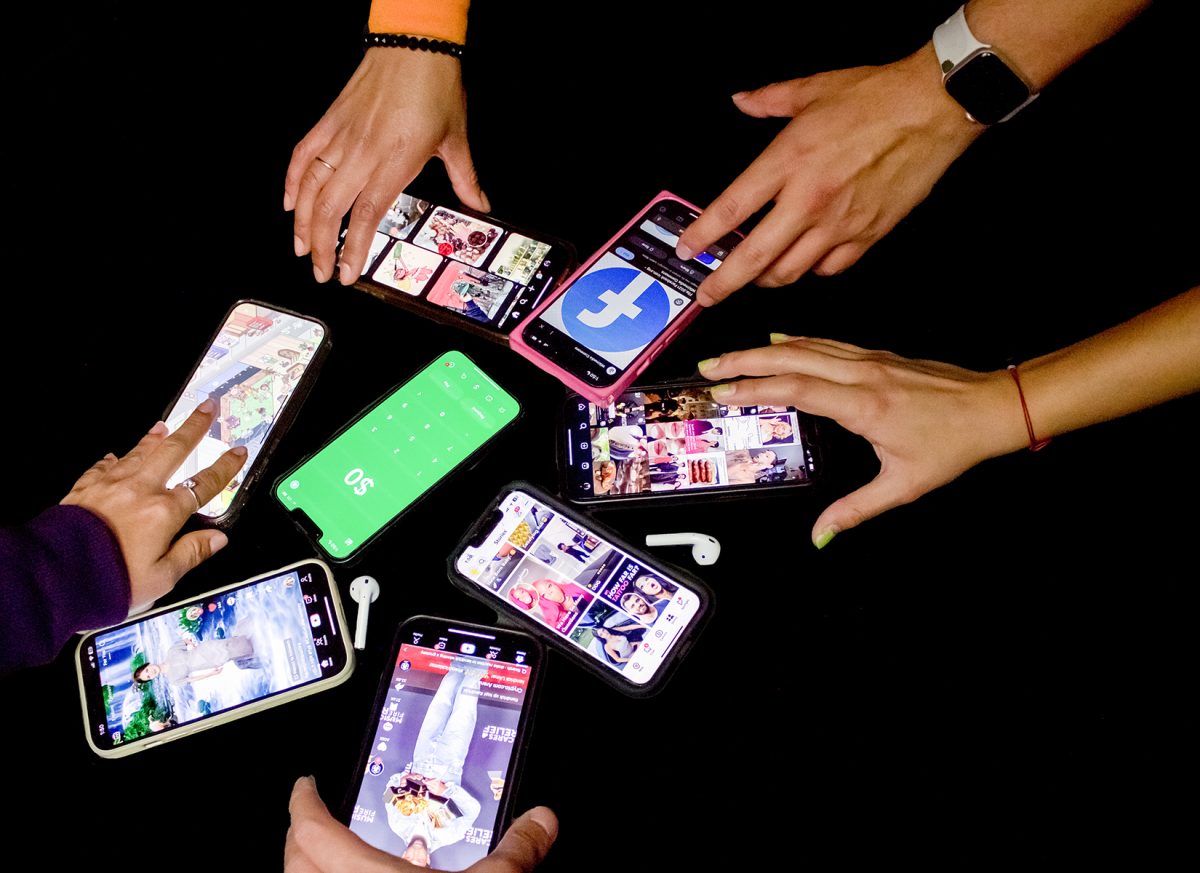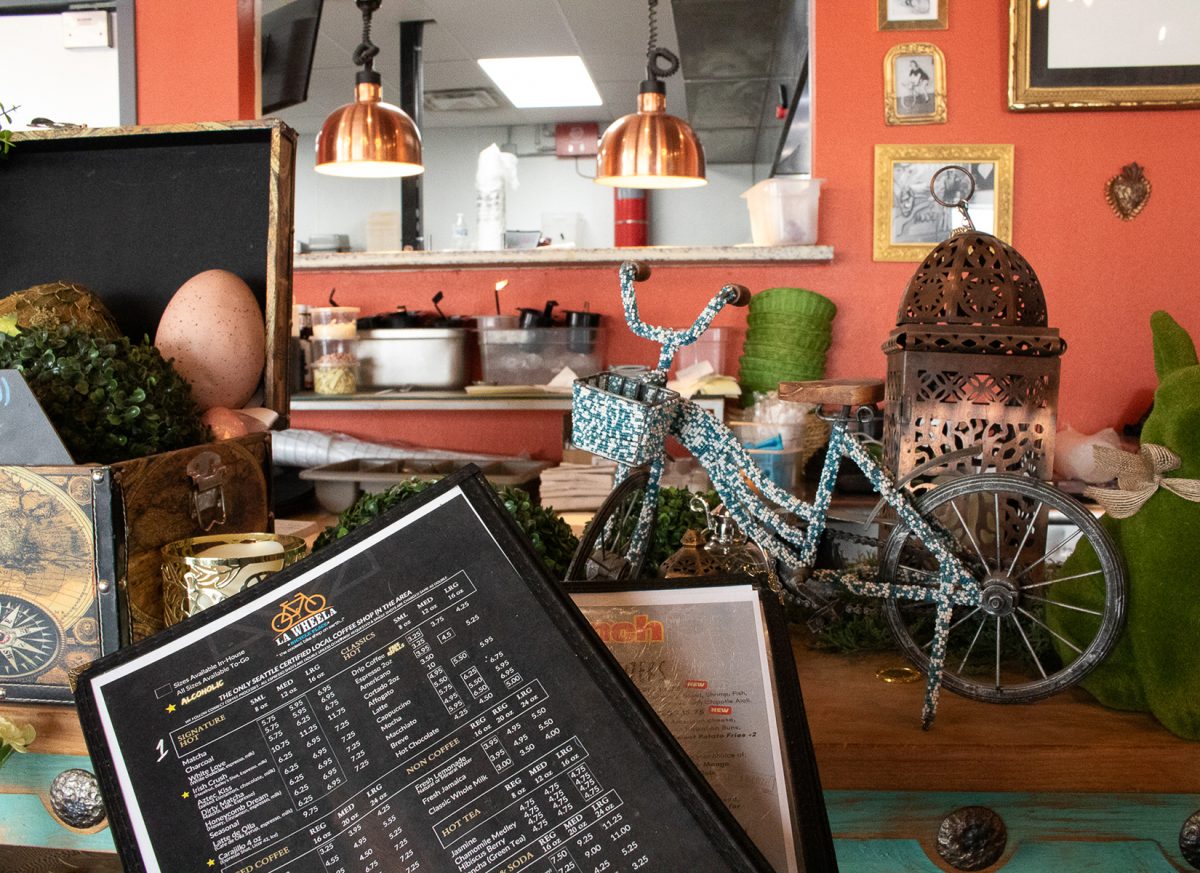The in-between stage of childhood and teenage years can consist of raging hormones and unchecked emotion, which can turn into an unavoidable obstacle for tweens to get through. However, hanging out with friends and having an adult to turn to is often a saving grace for such a transitional time.
Years ago, the unique age group used to frequent stores like Claire’s, parks and corner stores. Now, it seems the pre-teens have found other spaces to stay connected.
Daniel Dosal, Ph. D, an assistant professor of counseling at the University of Texas at El Paso (UTEP) and a former middle school counselor said economics have created a big cultural shift for tweens. Groups of tweens are no longer found in public spaces that give them a chance to interact with each other and the real world, often called third spaces. They are left to the mercy of their technological devices and the World Wide Web.
“Video games, that’s a third space. That’s a space where children and preteens, depending on the game that they’re playing, are socializing. They are learning skills,” Dosal said. “Now are they the skills that we can equate to the public world? That can be debated.”
However, kids and parents aren’t always to blame for this shift in activities and spaces.
“If your parents are working full time, they don’t have time to read with you. They don’t have time to [play with you],” Dosal said. “Most people are two-income households. What that means is tweens are left on their own, kind of functioning like many adults, but they’re not.”
Tweens are not adults. They can’t drive themselves to their friends, their parents are away, and they need guidance like anyone else. Options are limited, causing them to turn to the World Wide Web.
Jalynn Mosier, 15, freshman in high school and recent tween said her friends struggled with a lack of adult guidance that also made them turn to high screen times for entertainment and help.
“A lot of my friends’ parents work until late. They’re home alone after school. Even their siblings are at work,” Mosier said.
Mosier says that going through those years was a struggle for her.
“The [tween years] definitely had a toll on my mental health,” Mosier said. “Especially since you’re going through [puberty] and everything. It just makes things ten times worse for tweens.”
Tweens say they can’t turn to parents and adults for comfort and advice when they are working all day to make ends meet so they start getting their advice off the internet.
“For girls it’s like beauty standards. For boys, it’s kind of what’s been called the ‘red pill’ kind of stuff,” Dosal said. “There’s no parental [supervision].”
Mosier says what her classmates were seeing on the internet brought on new ways that they could be perceived and their self-esteem plummets.
“[The internet] definitely did affect the way a guy looks at girls, and then the girls start stressing out,” Mosier said.
The shift changes how tweens interact with each other. The constant push of new ideas and new insecurities onto the impressionable mind makes public interaction with each other more difficult as tweens can’t fully comprehend what they are digesting.
“What that creates is disrespectful behavior to each other. [They’re] unable to have conversations and there’s a trend toward physical violence,” Dosal said. “These tweens are getting in fights because of [ideas] they don’t understand.”
However, Dosal believes that being online isn’t all good or all bad. Practicing counselors like himself actively work toward deconstructing the ideas in tween’s minds. Hopefully creating a safer and sound environment for them to participate in, and for them to continue into adulthood with minimal repercussion.
Jesie Garcia is a staff reporter and may be reached at [email protected] or on Instagram @empanaditawrites.









